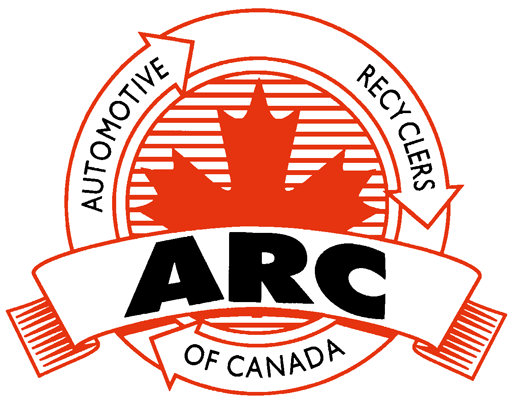The latest IRT webinar on The Future of Automotive Plastics Recycling brought together experts and industry leaders to discuss one of the most pressing challenges facing the auto recycling sector: the circularity of plastics from end-of-life vehicles (ELVs). With Europe leading the charge in regulatory advancements, the session provided a critical overview of opportunities and obstacles within the industry.
Regulatory Momentum and Market Challenges
Hosted by Steve Fletcher, Managing Director of the Automotive Recyclers of Canada, the discussion underscored the significance of the European Union’s End-of-Life Vehicle Regulation. This regulation proposes a mandatory 25% post-consumer recycled plastic content in new vehicles, with at least 6.25% coming from ELVs.
Maria Vera-Duran, Senior Technical Manager – EuRIC, highlighted the dire state of the European plastics recycling market, citing decreased investment, volatile pricing, and a lack of enforcement mechanisms. While plastic recycling capacity in Europe has doubled over the past five years, only about 50-60% of that capacity is currently being utilized due to insufficient demand. The influx of cheap virgin plastics and imports of unverified recyclables further threatens the industry’s stability. The key takeaway? Without strong policy tools and mandatory recycled content requirements, the industry risks stagnation.
Industry Solutions: Moving Beyond Voluntary Targets
Paul Mayhew, Director – MBA Polymers UK Ltd, detailed the company’s efforts to drive innovation in automotive plastics recycling. MBA Polymers, one of the world’s largest recyclers of automotive plastics, is working on two primary initiatives: the processing of plastics from auto shredder residue (ASR) and a bumper-to-bumper closed-loop recycling program.
The bumper-to-bumper initiative, developed in partnership with OP Mobility and Polestar, seeks to streamline the recycling process by removing bumpers from ELVs before shredding. This pre-sorting allows for a purer plastic feedstock, resulting in higher-quality recycled materials suitable for reintroduction into new bumpers. Despite the logistical challenges of collection and transport, the project is yielding promising results, with cleaner inputs translating to improved output quality and increased recycling rates.
However, Mayhew emphasized the importance of collaboration across the entire supply chain. The success of these initiatives depends on automakers, parts manufacturers, and recycling firms working together to standardize material composition and invest in better processing technologies.
The Economic Incentive Dilemma
Economic feasibility is one of the most critical barriers to scaling automotive plastics recycling. Historically, recycled plastics have been cheaper than virgin alternatives, but recent fluctuations in oil prices and market imbalances have shifted this dynamic. The need for financial incentives—such as VAT reductions on recycled materials or eco-modulation of Extended Producer Responsibility (EPR) fees—was a recurring theme throughout the discussion.
Another financial concern is the need for third-party verification to prevent greenwashing and ensure compliance with sustainability goals. While industry leaders agree that transparency is crucial, implementing and funding such verification mechanisms remains an open question.
Looking Forward: The Role of Global Policy and Industry Commitment
While Europe is at the forefront of automotive plastic recycling policies, other regions, including Canada and Japan, are beginning to explore similar frameworks. The ripple effect of EU legislation is expected to encourage the global adoption of stricter recycling targets.
The challenge for North America, where no equivalent ELV recycling regulations exist, is creating economic drivers without government mandates. As Fletcher noted, the absence of regulatory requirements in the Americas means recyclers must find ways to make plastics recycling financially viable without legislative support.
The consensus from the webinar? The transition to circularity in automotive plastics is not just about compliance—it is a necessity for industry sustainability. OEMs and their Tier 1 suppliers are directly affected, but auto recyclers have an important role to play. Whether driven by legislation, economic incentives, or voluntary collaboration, the shift toward higher recycled content in vehicles is inevitable. The companies that proactively adapt will not only meet future regulations but also establish themselves as leaders in sustainable automotive manufacturing.
The road ahead is undoubtedly complex, but with innovation, policy alignment, and industry-wide cooperation, the auto recycling sector has a unique opportunity to redefine the role of plastics in a truly circular economy.
For those who missed the webinar recording will be available on the IRT website. Industry professionals are encouraged to engage in upcoming discussions and contribute to shaping the future of automotive recycling.
